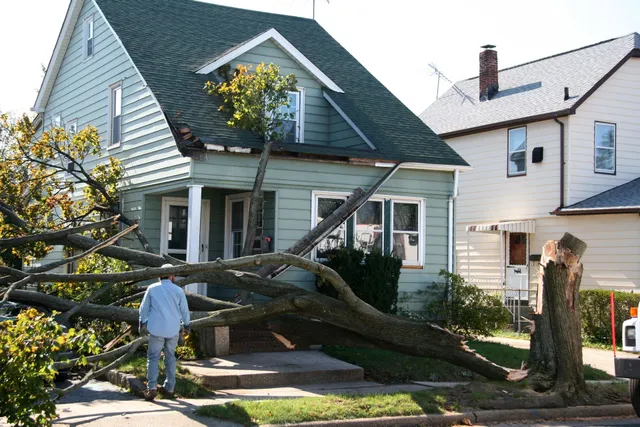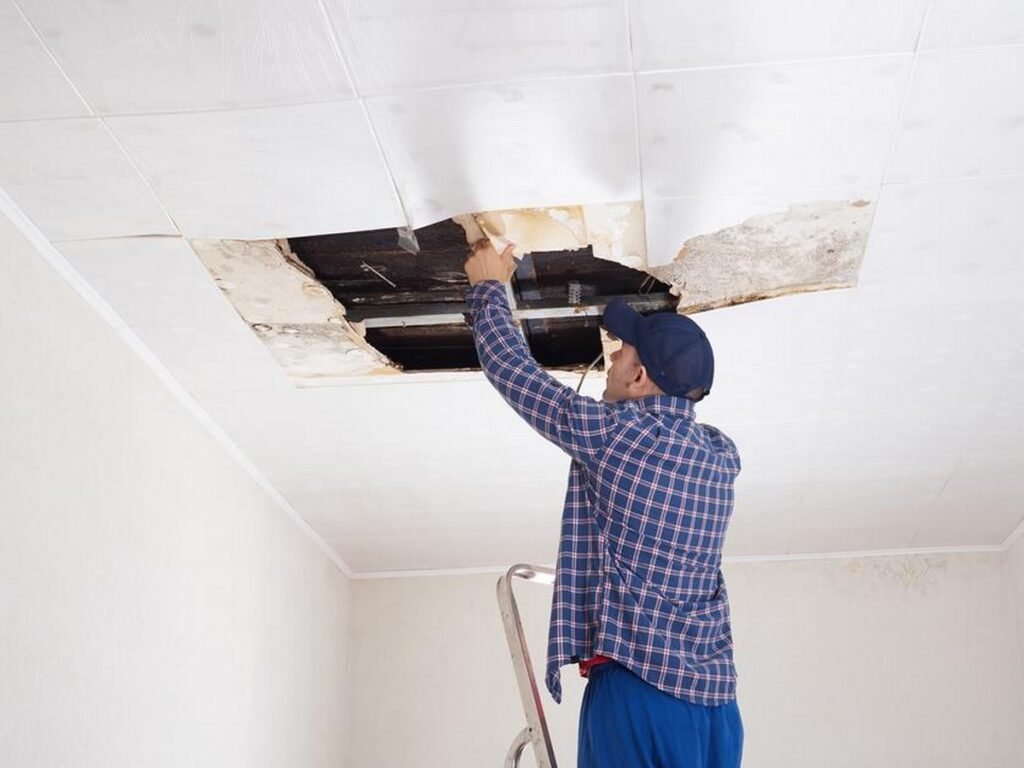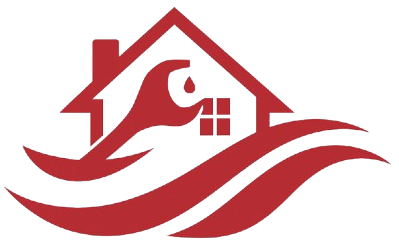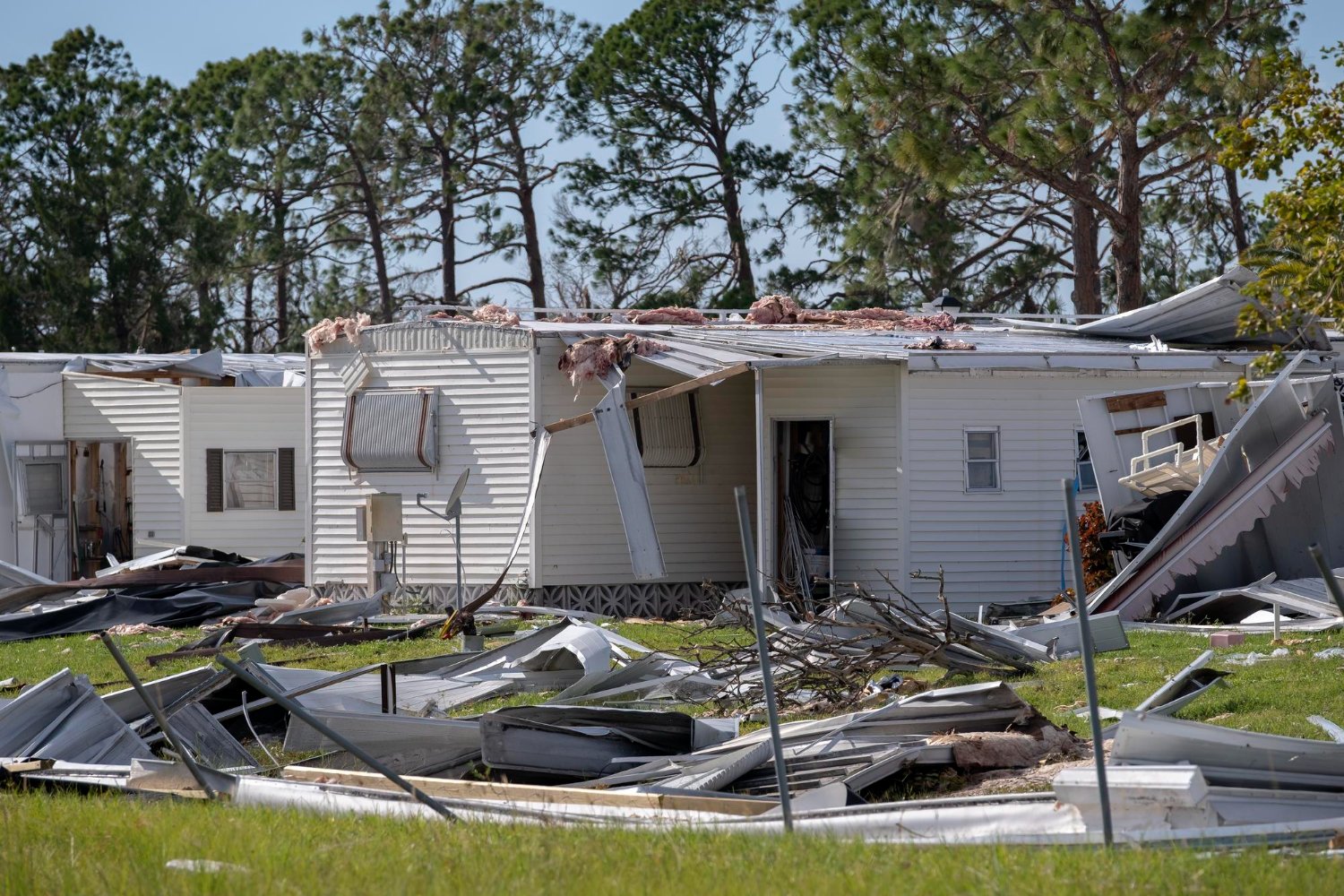Storms are unpredictable, and when they hit, they can cause serious damage to homes and businesses. If you’ve ever been through a nasty thunderstorm, hailstorm, or tornado here in Garland, TX, you already know how stressful things can get.
That’s why storm damage restoration is crucial. It helps bring your property back to normal quickly and safely. Proper restoration can prevent long-term problems like mold, structural weakening, and water damage.
Not everyone understands what storm damage restoration actually covers and what it doesn’t. In this guide, we’re breaking it all down for you. If you’re wondering what to expect when you call in the pros like Garland Restoration Pros, keep reading.
Introduction to Storm Damage Restoration
Why You Need Storm Damage Restoration
Storms don’t just bring wind and rain. They can tear off roofs, flood basements, and even damage the structural integrity of a building. Restoration isn’t just about cleaning up. It’s about making your home or business safe again.
Storm damage can sometimes appear minor on the surface, but hidden issues like weakened roof trusses, water seepage in walls, and compromised foundations can worsen over time if not addressed promptly.
For more information on storm safety tips, visit the National Weather Service for guidelines on protecting your property.
Common Types of Storms in Garland, TX
Garland sees its fair share of Texas storms: tornadoes, hail, flash floods, and severe thunderstorms. Each of these can cause different kinds of damage, from broken windows to flooded floors.
Professional storm restoration teams know how to handle all types of weather-related damage efficiently. They are trained to assess the full extent of damage, including areas not visible to the untrained eye.
The goal is to prevent secondary issues such as mold growth, wood rot, and electrical hazards.
Learn more about local storm history in Garland on the City of Garland Official Site.
What Storm Damage Restoration Typically Includes

Emergency Response Services
When a storm hits, time is critical. Restoration teams provide 24/7 emergency response to stop further damage, whether that’s patching a leaking roof, covering broken windows, or shutting off water lines.
Quick intervention can prevent water from seeping into floors and walls, reducing long-term repair costs.
Read about emergency preparedness at Ready.gov.
Property Inspection and Damage Assessment
Before any work starts, restoration professionals inspect your home from top to bottom. This includes checking for hidden damage in walls, roofs, foundations, and even HVAC systems.
A thorough assessment ensures that no problem is left untreated. Technicians use advanced tools like thermal imaging cameras and moisture meters to detect hidden water pockets and structural vulnerabilities.
Water Extraction and Drying
Flooded basements, soaked carpets, or standing water can quickly become breeding grounds for mold and bacteria. Industrial-grade water extraction and drying equipment help remove excess moisture rapidly.
This step is essential to maintain structural integrity and ensure indoor air quality. Drying mats, air movers, and dehumidifiers are commonly used to ensure that even deep-seated moisture is eliminated.
Roof Tarping and Board-Up Services
If your roof is damaged or windows are shattered, immediate temporary protection is vital. Roof tarping and window board-up services keep your property safe from further weather exposure and potential theft until permanent repairs can be made. These temporary measures also protect interiors from additional water damage.
Structural Repairs
Storm restoration includes repairing or replacing critical structural elements such as broken trusses, damaged walls, or weakened foundations.
The goal is to restore your property’s safety and stability. Structural repairs may involve carpentry, masonry, and roofing specialists to ensure that your home can withstand future storms.
Mold Prevention and Remediation
Moisture breeds mold rapidly, especially in our humid Texas climate. Professional restoration includes mold inspection, treatment, and prevention to protect your indoor air quality.
Mold remediation often involves removing contaminated materials, cleaning surfaces with antifungal solutions, and using air scrubbers to remove spores from the air.
Learn more about mold prevention from the EPA Mold Resources.
Debris Removal and Cleanup
Storms leave behind a mess of branches, broken glass, roof shingles, and even furniture. Cleanup crews safely remove all storm-related debris from your property.
Proper debris removal not only improves safety but also prepares the site for repairs and reduces the risk of injury or pest infestations.
Insurance Claim Assistance
Navigating insurance claims can be overwhelming. Many restoration companies, including Garland Restoration Pros, help document damage, file claims, and communicate directly with your insurance adjuster.
Proper documentation ensures that you receive the coverage you are entitled to, saving time and avoiding disputes.
For tips on filing claims, visit Insurance Information Institute.
What Storm Damage Restoration Does Not Include
Long-Term Renovations
Restoration focuses on fixing what the storm damaged, not remodeling your kitchen or adding a new deck.
Renovations like adding new rooms, upgrading appliances, or changing the layout are generally outside the scope of storm restoration services.
Cosmetic Upgrades or Remodeling
Restoration teams are not responsible for painting your walls a new color, installing luxury flooring, or other aesthetic upgrades unless those elements were directly storm-damaged. The focus is on restoring your home to its original condition, not redesigning it.
Unrelated Pre-Existing Damage
If you had foundation cracks, leaks, or other damage before the storm, those repairs typically won’t be included in storm restoration.
Only damage directly caused by the storm is covered. Professionals may advise you to address pre-existing issues separately to maintain safety.
Landscaping Services
While minor debris cleanup like removing fallen branches is part of storm restoration, full landscaping services such as planting trees, installing sod, or redesigning gardens are generally not included.
Pest Control
Storms can occasionally cause pests to invade your property, such as rats or insects. Restoration professionals focus on structural and water damage and do not provide pest control services. Hiring a licensed pest control company is recommended in such cases.
How Garland Restoration Pros Handles Storm Damage
Local Experience in Garland, TX
We know Texas weather well. Garland Restoration Pros has years of experience handling local storm damage, from minor wind damage to catastrophic flooding. Our team is trained to recognize common regional storm damage patterns and act accordingly.
Fast Response Time
Being local allows us to respond quickly, often within the hour. Early intervention helps prevent further damage and limits repair costs.
Fully Licensed and Insured Team
All crew members are fully trained, licensed, and insured. We adhere to all Texas building codes and safety regulations, giving homeowners peace of mind.
Customer-First Approach
We treat your home as if it were our own. That means transparent communication, accurate estimates, and reliable service every step of the way.
Why Choosing the Right Restoration Company Matters

Avoiding Scams After a Storm
Unfortunately, some companies exploit storm victims. Fly-by-night contractors may offer “cheap” services and disappear, leaving homeowners with incomplete or subpar work. Garland Restoration Pros is a trusted local business with verified reviews and a history of successful projects.
Value of Professional Equipment and Expertise
DIY cleanup can miss hidden damage or cause long-term issues like mold growth. Our team uses thermal imaging, industrial-grade dryers, moisture meters, and professional-grade cleaning solutions to ensure a thorough restoration process.
Final Thoughts
Storm damage restoration is about more than fixing a roof or drying out a carpet. It’s about making your home safe, secure, and livable again. Understanding what is included and what is not can save time, money, and stress.
If you’re in Garland, TX, and need reliable help after a storm, Garland Restoration Pros is available 24/7 to restore your property efficiently and safely. Learn more about general home restoration tips at This Old House.
Frequently Asked Questions
How quickly should I act after storm damage?
ASAP. Acting quickly prevents further damage. Most professionals recommend beginning restoration within 24–48 hours to minimize secondary issues like mold or structural weakening.
Does insurance cover all storm damage repairs?
Most policies cover sudden storm damage but may exclude flooding or pre-existing conditions. Consult your policy and restoration company for assistance with claims to ensure proper coverage.
Can I do storm damage restoration myself?
While possible, DIY restoration is risky. Without proper equipment and expertise, you could miss hidden damage, promote mold growth, or exacerbate structural problems.
How long does storm damage restoration take?
It varies. Minor repairs can take a few days, while significant restoration projects may take weeks. Factors include the extent of water damage, structural repairs needed, and mold remediation.
What should I look for in a storm restoration company?
Choose a company with local experience, proper licensing, 24/7 emergency service, positive reviews, and assistance with insurance claims. Professional equipment and expertise are also critical for thorough restoration.

